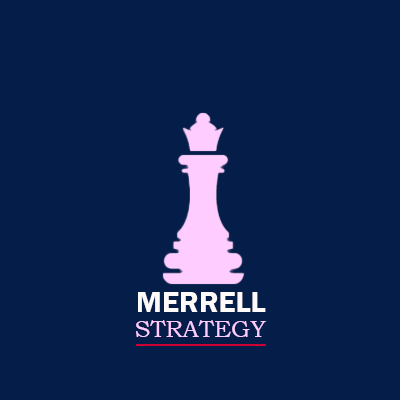Navigating the Legal Landscape: A Guide to Understanding Litigation Strategy
What is litigation strategy and why is it an essential aspect of a winning case?
In a highly litigious society, many individuals and businesses both large and small, find themselves embroiled in litigation. Unfortunately, the outcome of a lawsuit (even the existence of legal action), can severely damage a brand or an individual’s reputation. Additionally, once legal action is filed, the case and the claims and allegations appear on numerous databases and websites and sometimes in the press.
Of course, noteworthy trials, both civil and criminal, also draw commentary. Opinions can be shared globally in a matter of seconds. And once the public or media have made a pronouncement of guilt or innocence, the sway for prosecutors, judges, and jury pools can be extreme.
With so much on the line, lawyers have increasingly included crisis management, strategic communications experts (both public relations and crisis management), and investigative teams into their case analysis and management plan. In fact, it isn’t uncommon for law firms to engage litigation strategists to analyze probable outcomes (including estimated financial judgements) and conduct investigations BEFORE they take a case.
Let’s talk about litigation strategy.
Strategy, by definition, is the creation of a battle plan that achieves a specific purpose. While we tend to think of a battle in terms of victory over our adversaries and often that is the goal, sometimes victory is escape and the ability to live to fight another day. It is the same with litigation strategy. If you are the plaintiffs in a civil case or the wronged party in a criminal case, your goal may be victory over your adversary and either financial compensation or even the incarceration of your enemy.
If you are on the defense side, the ultimate goal may be exoneration or a not-guilty verdict in a criminal case. But for many, simply not going to jail may be the best win that they can achieve. In civil litigation on the defense side, achieving a goal that includes either no financial loss or minimal financial loss, is often a win.
Whether the client is on the plaintiff side or the defense side, legal battles take place both in the court room and in the collective perception matrix of press/media coverage, professional and business reputation, and often in the minds of the general public which can include consumers and shareholders.
What is the difference between internal case management and external case management?
In litigation strategy, lawyers handle the internal case management, which focuses on evidence, legal precedent, and potential legal challenges, and of course presenting the case to the judge and in some cases, the jury. They put forward their client’s side of the issue and use past case law and their presentation and persuasion skills to sway the outcome of a court case, to the advantage of their client.
Litigation strategists, which may include crisis management professionals, public relations and media communications experts, investigative and background teams, asset investigators, interview and testimony instructors, and vox populi evaluators (assessment of public opinion) create an external strategy that focuses on the external aspects of the case. External aspects include media coverage (both past and present), investigations and background research, a review (and control of) social media commentary, review of potential jury pools, finding additional witnesses or evidence, asset evaluation, finding potential weaknesses both for the client and in the opposition, and creating a positive relationship with the media that helps the client throughout the legal process.
Additionally, as only 2% of cases actually go to trial (the vast majority of criminal cases go to a plea deal and most civil cases are settled through negotiation) litigation strategy may also include assessing the value of a case and determining the financial potential of actually going to trial. A client may win, but in a civil case, will they actually be able to collect any money?
Effective litigation strategy also keeps a case adaptable.
The legal landscape is dynamic, and unforeseen challenges can arise during litigation. An effective litigation strategy incorporates adaptability and contingency planning. Legal teams should be prepared to adjust their approach based on developments in the case, court rulings, or changes in the legal environment. Litigation strategy teams keep an eye on the external forces that can effect a case. The media picks up the case and starts reporting, a new witness (or victim) pops up, the general public turns its support towards or away from a client, a celebrity endorses a position, a party becomes insolvent or bankrupt, there are almost unlimited external forces that can change the case in an instant. Ongoing litigation strategy helps ensure that the client’s entire team is vigilant and knowledgeable and can adjust based on real time information to navigate unexpected obstacles.
For more detailed information about how Merrell Strategy can provide comprehensive litigation support for your legal team or can, connect with us today.


